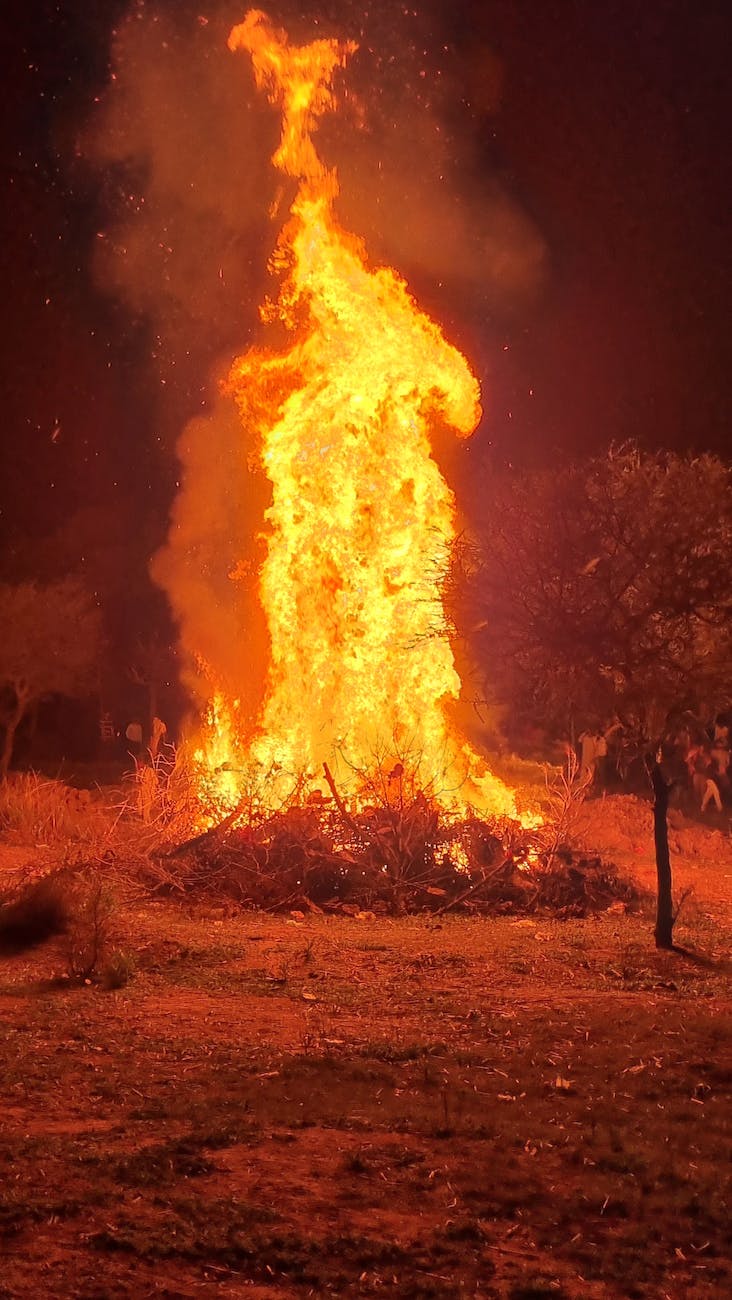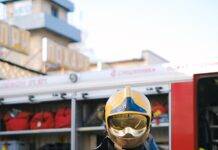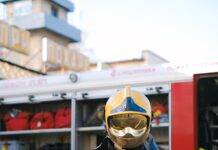
How Many Classification of Fire: 4, 5, or 6?
Introduction
How Many Classification of Fire : Fire is a powerful and destructive force of nature, capable of causing immense damage and even loss of life if not properly controlled. To effectively combat fires, it’s crucial to understand their classification. In this article, we will delve into the classifications of fire, exploring whether there are four, five, or six distinct categories. By the end of this article, you’ll have a comprehensive understanding of fire classifications and their significance in fire safety.
Understanding Fire Classification
Fire classification is a systematic way of categorizing fires based on their fuel source and the most effective methods to extinguish them. The classification system helps firefighters and safety experts determine the appropriate tools and techniques needed to combat a specific fire.
Class A: Ordinary Combustibles
Class A fires involve common combustibles like wood, paper, cloth, and plastics. These fires can be extinguished with water, as it cools the flames and removes the heat element.
Class B: Flammable Liquids and Gases
Class B fires occur with flammable liquids and gases such as gasoline, oil, and propane. Suppressing these fires requires the use of foam or dry chemical extinguishers.
Class C: Electrical Fires
Electrical fires, often labeled as Class C, involve live electrical equipment. The primary objective here is to cut off the electrical source and then use an extinguisher suitable for the surrounding materials (Class A or B).
Class D: Combustible Metals
Class D fires are less common and involve combustible metals, such as magnesium or sodium. Specialized extinguishing agents like dry powder are used to smother these fires.
Class K: Cooking Oils and Greases
Class K fires are typically found in commercial kitchens and involve cooking oils and greases. Wet chemical extinguishers are designed to suppress these fires effectively.
The Debate: Four, Five, or Six Classes?
Now, let’s address the ongoing debate regarding the number of fire classifications. Traditionally, fire safety experts recognize five classes, as mentioned above. However, some argue that there is a sixth class that deserves attention.
Class F: Fat Fires
Class F fires, also known as fat fires, specifically focus on cooking oils and fats, similar to Class K. The distinction lies in the extinguishing agents used. Class F extinguishers use a more effective wet chemical solution tailored to high-temperature cooking fires.
So, is it four, five, or six classifications? In essence, it depends on the classification system you follow. The standard five-class system has been widely accepted for years, but the introduction of Class F highlights the need for adaptability in the face of evolving fire hazards.
Conclusion
Understanding the classification of fires is essential for effective fire safety measures. Whether you consider four, five, or six classes, the key takeaway is that each classification requires a specific approach to suppression. Fire safety is a dynamic field, and staying informed about these classifications ensures better protection for ourselves and our communities.
Classification of Fire | Classes of Fire | Types of Fire
Classification of Fire as per Different Standards
Fire Safety and Emergency Response
FAQs
- Are there more classifications besides the ones mentioned here? Yes, some specialized systems have additional classes, but the five (or six) mentioned here are the most widely recognized.
- Can a fire change its classification during an incident? Yes, as a fire spreads and interacts with different materials, its classification may change, requiring adapted suppression methods.
- Is it crucial to know these classifications for everyday life? While not essential for daily routines, having basic knowledge of fire classifications can be valuable for emergency situations.
- What is the most common type of fire in residential settings? Class A fires, involving common combustibles, are the most frequent in homes.
























